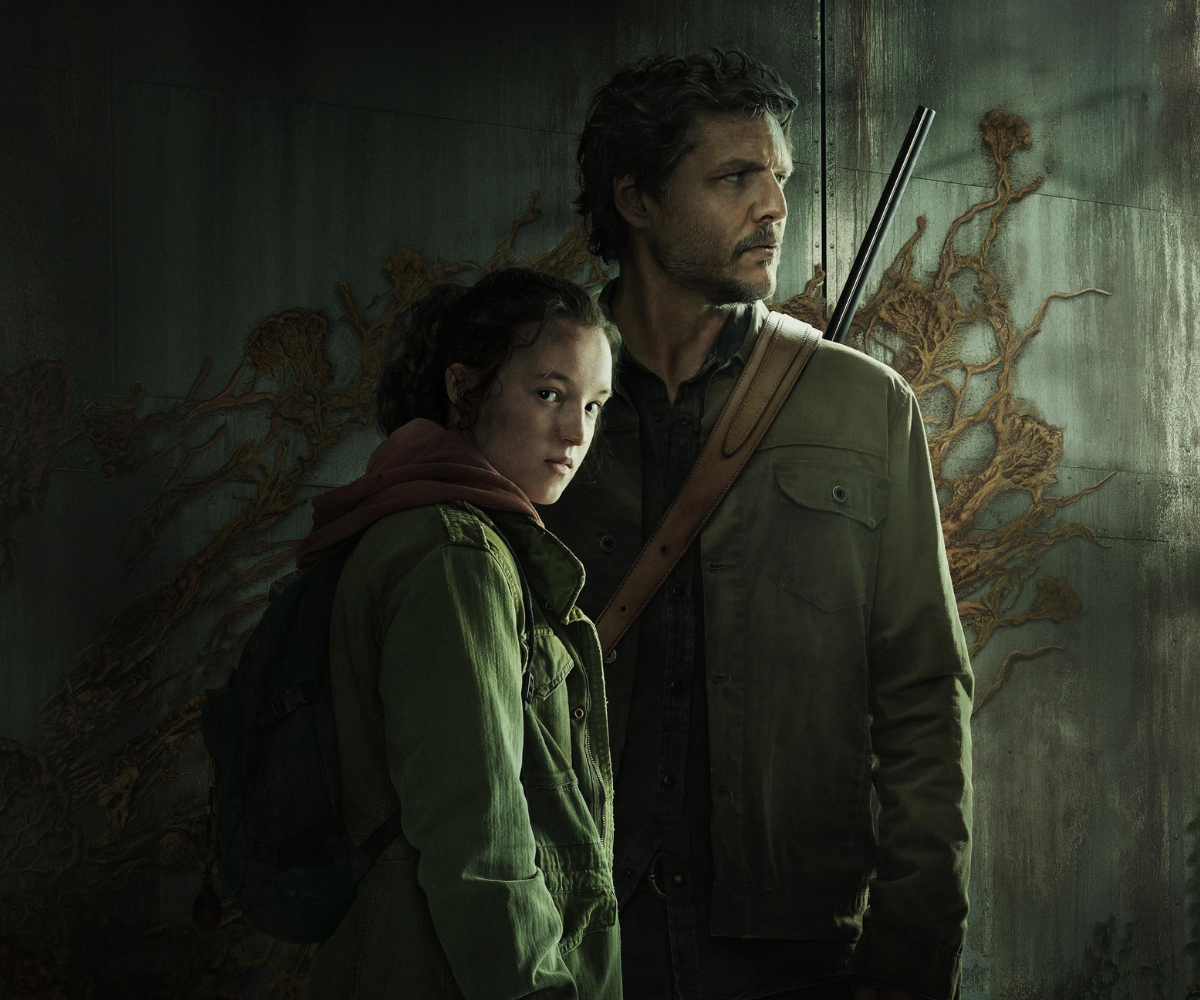The first season of HBO’s The Last of Us is one of those rare exceptions to the rule that all videogame adaptations… suck. Credit where it’s due. Naughty Dog’s post-apocalyptic IP didn’t need much coaxing out of its shell to the small screen. All it was missing was a stellar cast and the guidance of Craig Mazin (Chernobyl) to make it happen.
In the not-too-distant future, not unlike our own, The Last of Us tells the story of a world in the throes of a global pandemic, the spores of which immediately turn its victims into flesh-eating zombies (or something like that). Viewers are left in the company of a gruff and Joel (Pedro Pascal) as he begrudingly agrees to smuggle a young girl, Ellie (Bella Ramsey), across an American wasteland for a rebellious group known as the Fireflies.
That’s the gist, anyway. First and foremost, The Last of Us is a drama, and an action-oriented zombie thriller second. The series kicks off with a gut-wrenching episode; those familiar with the story had to grimace their way through, while newbies were subjected to the horrors within.
It’s this, perhaps, that makes the adaptation work as well as it does, and compels its viewers to have the entire first season done before they can say ‘Easter’. Sure, the set pieces are excellent, the action is tense, and the look straight out of the original videogame, but it’s the characters, their motivations, and relationships that compel you to plough through all nine episodes. It’s brilliant television.
One might assume that the ‘infected’ are the true villains of the tale, but it’s the opposite. It’s really the last remaining vestiges of humanity who regularly put our, for lack of a better word, heroes, into peril. It also offers a deeper introspection into Joel, whose past is ultimately explained through simple visual storytelling, calling into question the decisions that led him here, twenty years after the initial outbreak.
Watch The Last of Us on Showmax for R19/week – click here to learn more
Don’t get us wrong. A zombie show would be… well, not a zombie show if it couldn’t accurately instill the sense of fear that the game conveys in spades. The Last of Us’ showrunners, which include the fantastic Craig Mazin and Neil Druckmann himself, pull straight from the IP to deliver a variety of terrifying creatures.
It’s here that the series outshines the original medium, and we don’t say that lightly. There’s nothing quite like hearing the death rattle of a clicker (a person whose infection has marinated for longer than a year) for the first time. Where death would typically result in a quick restart and a few deep breaths in the game, the uncertainty and helplessness to intervene in a series only serve to dramatically intensify the danger, not dilute it.
The focus of The Last of Us centres around the unlikely duo of Joel and Ellie as the pair slowly warm up to one another as they trek cross-country, collecting allies and leaving a trail of dead bodies in their wake.
But with nine hours of content on hand, it allowed the showrunners to branch out with the lore, and they did not disappoint. One memorable episode throws together Nick Offerman and the amazing Murray Bartlett (The White Lotus) in a well-crafted love story that ultimately makes the world feel more lived in and, at the same time, tragic. It’s easy to see why it won Offerman an Emmy and got Bartlett nominated.
One of The Last of Us’ better traits is its ability to let viewers stop and smell the roses, so to speak, without stunting the story’s development. Viewers get to see this world unfold through the eyes of a sheltered thirteen-year-old Ellie, allowing viewers to share in the wonders and misery that it has to offer. It’s a genuinely compelling case of cinematography that only serves to bolster the excellent acting and even better script. Don’t miss this one.
Crédito: Link de origem


